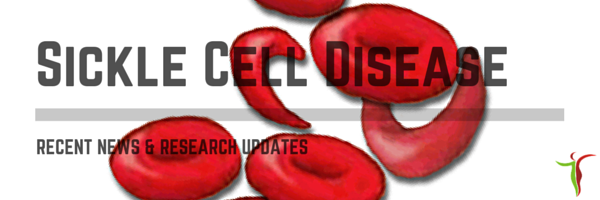
No comments:
Post a Comment